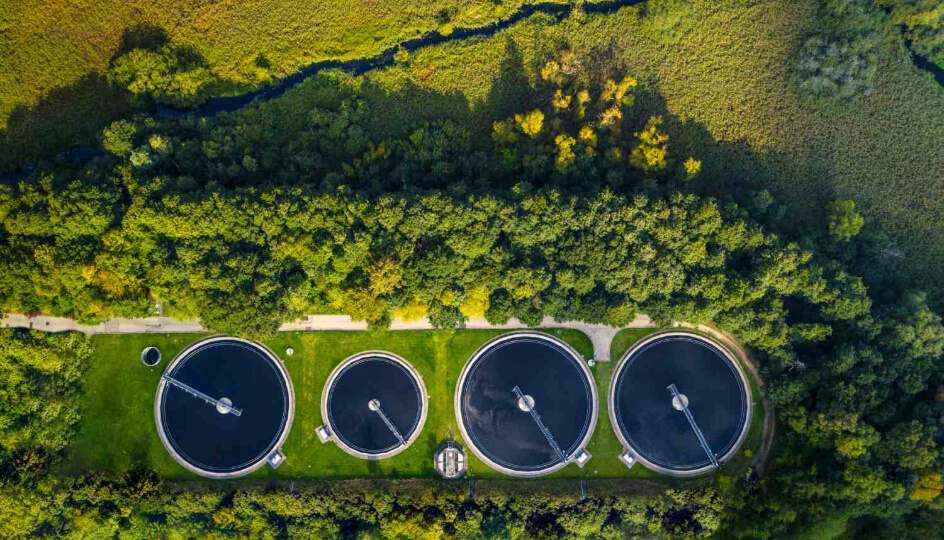SFDR classification: it’s still shifting times

It’s now close to two years since the Sustainable Finance Disclosure Regulation (SFDR) was implemented in the EU. The ESG-focused regulation tests the disclosure level of financial market participants, asking them to abide by transparency principles. The next phase kicked in this year and those affected need to be on the ball.
In January 2023, a series of technical standards pertaining to the SFDR directive’s Level 2 disclosure requirements came into effect.
This constitutes an important moment in the application of this directive. After the first rollout phase, characterised by mainly high-level commitments to sustainability made by some participants in scope, this was the moment where a strong and clear commitment towards specific reporting rules on data was called for.
Analysts observed that this new phase determined an important shift in the number of funds, and therefore assets, that were initially deemed to be Article 9 - the highest standards of sustainable investments - or Article 8, also known as ‘light green’ products. In the latest Morningstar quarterly update on SFDR inflows and outflows, it was reported that in Q4 2022 assets in Article 8 and Article 9 funds rose by 7.3%, following substantial upgrades from Article 6 (funds not deemed to have sustainability characteristics) and denoting a drop in this category. By the end of January, the number of Article 8 funds had increased (starting in September 2022) to the detriment of Article 9 funds.
What does this tell us?
In essence, that the industry had an initial knee-jerk reaction to the higher impending disclosure requirements under Level 2, which determined a drop in the share of Article 9 products that shrunk by 40% in a three-month period. A decline in Article 9 products was felt from September. The past five months have witnessed a series of reclassifications with a total of 419 funds that have altered their SFDR status. Downgrades largely outweigh upgrades as looming disclosure requirements become increasingly clear. These ‘shifts’ follow to a large extent the SFDR legislative developments, as the Regulatory Technical Standards (RTS) become increasingly technical and demanding in terms of data. An important factor in these moves was also the significant hesitation as to the costs the Financial Market Participants (FMPs) would incur if caught not meeting the requirements for both international and national supervisors.
What are the main elements that drive these reclassifications?
Some analysts have suggested clarification by the European Securities and Markets Authority (ESMA) in response to the EC’s Q&A in June 2021 played a big role in this phenomenon, where it was indicated that Article 9 disclosures may only refer to sustainable investments “based on the definition provided by Article 2 number 17 of the Disclosure Regulation” . Behind some other downgrades were also the changes in indexes following further clarifications regarding the composition of climate transition and Paris-aligned benchmarks . Although, not all providers of Paris-aligned and climate benchmark tracking products classified as Article 9 have downgraded their funds to Article 8, some providers have opted to wait for further clarification from the European Commission on this point.
The policy behind the scenes
At a European level, supervisors are working against the clock to issue proposals for supervisory mechanisms that are both in line with industry capabilities and the technical aspects of the directives (EU Taxonomy and SFDR) and amend the unfortunate sequencing that partly characterises the Sustainable Finance Action plan. The latest ESMA Consultation suggesting guidelines on funds’ names using ESG or sustainability-related terms, or the European Supervisory Authorities’ (ESA) call for evidence on greenwashing, are notable examples.
Article 9 was originally meant to be a space for funds that truly contribute to environmental or social objectives, while demonstrating good performance in terms of respect for international social norms and a stable governance system at entity level. These characteristics made them a perfect fit for impact funds, a specific strategy within responsible investing.
Nevertheless, this category rapidly became a space filled with those more generic ‘sustainability funds’ which did not necessarily meet the stringent technical criteria requested by the new legislation and which therefore risked diluting the higher sustainability connotations of this category. This became more apparent as the European Commission and European supervisors provided clarity on those specifications. Interestingly enough though, when it comes to considering the exposure to controversial activities in both Article 8 and 9 funds, we still find that there is an involvement which is in some cases minimal (tobacco, controversial weapons) but more substantially higher when it comes to exposures to thermal coal and fossil fuel, unfortunately.
Towards a more sustainable path
All in all, a ‘normal’ evolution with clear trends characterises the uptake of SFDR across the board of responsible investments. Things continue to evolve mirroring the legislative developments and market adjustments, with a positive trend that is only set to improve. Research highlights that an increasing number of Article 9 funds plan to increase their exposure to sustainable investments to over 70% . This indicates that the level of commitment, particularly at a time when the actions that need to back that commitment are known, is on the rise.
Talk to us
TMF Group’s ESG experts can help you to design and implement an oversight framework to assess governance, establish accountabilities and responsibilities, and to shape recommendations for ESG monitoring and reporting.
Learn more about our ESG services, or get in touch to find out how we can help you to become smarter, more efficient investors.
1 “Article 6 funds dropped by 1.1% over the period” (Q4 2022)
2 307 from 9 to 8 and 108 funds from 8 to 6
3 As reported by Morningstar “SFDR Article 8 and Article 9 Funds: Q4 2022 in Review”, page 12
4 “The 100% sustainable investments” requirement for Article 9 product is a clarification that many asset managers started acting on toward the end of 2022 as they prepared their precontractual documents for the 1 Jan deadline of the so—called RTS”
5 Morningstar finds that 33% of Article 9 had over 5% exposure to fossil fuel companies at the end of December
6 As reported by Morningstar “SFDR Article 8 and Article 9 Funds: Q4 2022 in Review” page 32





